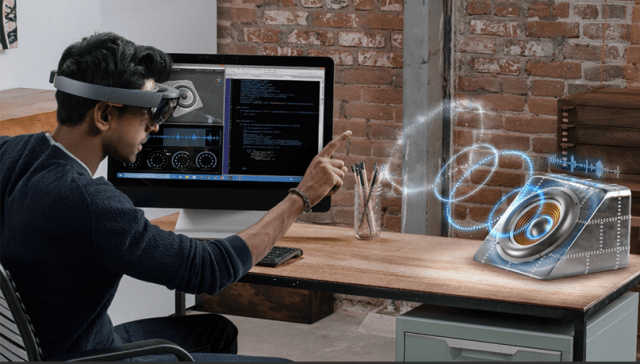Brain Computer Interface: How Close Are We
In the same way that the Greeks had envisioned a flying brain-computer link, modern fancies see the fusion of the mind and technology as a remedy for the problem of human death. Can human-computer interface (HCI) technology allow the brain to communicate with other brains, robots, and artificial intelligence directly?

Researchers from academic institutions and businesses all around the globe have made significant strides in realising this ambition over the last half – century. Successful businessmen who have recently launched new firms to improve human capacities via brain-computer interface include Elon Musk (Neuralink) and Brian Johnson (Kernel).
How near are we to effectively fusing our skills and brains? What may occur when our thoughts are connected?
Rehabilitation and restoration are its sources. Ib Fetz, a researcher at the Center for Sensorimotor Neural Engineering (CSNE), was a forerunner in the field of brain-machine interfaces. He demonstrated that monkeys could magnify their brain impulses in order to manipulate a dial in 1969, long when there was even laptops.
The standard of living for those who are paralysed or have significant motor limitations is being improved by recent BCI research. Some recent accomplishments may have caught your eye in the media: To operate the robot’s hand, University of Pittsburgh researchers utilised impulses captured within the brain.
Patients with paralysis may utilise the tablet wirelessly thanks to Stanford researchers’ ability to decipher their action ideas from their electrical impulses.
Applications for Brain Computer Interface
How about our primary senses of hearing and sight? For persons with severe visual impairments, very previous versions of mechanical eyes have been extensively used, and upgraded ones are now undergoing human testing. Contrarily, cochlear implants, which are used for hearing by more than 300,000 people worldwide, are among the most popular and successful bionic implants.
Two BCIs (BBCIs), that also can both register and manipulate the nervous system, are the most advanced BCIs. At our facility, we are investigating BBCI as a brand-new essential rehabilitation tool for spinal cord injury and stroke.
Read Also: Depression and Schizophrenia are Redundant Terms
We have demonstrated that BBCI may be utilised to recover a paralysed limb, to reposition about an area in the brain, to improve the link between two brain areas, or even between the spine and the brain. Provides. You could assume that because a central nervous system functionality is suited for the future consumer technology given all these triumphs.
upcoming uses for brain computer interface
However, a closer look at some of the existing BCI demonstrations shows that there is still more work to be done since the motions produced by BCIs are significantly slower, less accurate, and simpler than those made by talented individuals on a daily basis. Make it simple for your limbs to do.
The cochlea may only transmit a small amount of speech information electronically, but also affects the musical background. Bionic eyes provide extremely low-resolution vision. All of these methods also need surgical implanting of the electrode, which is a potential that most people do not think about today.
Although not all Bci systems are combative. The command of cursors, chairs, mechanical devices, drones, robotic robots, and even nervous system transmission are shown using non-BCIV, which do not need surgery and are often relied on neck (EEG) measurements.
The Neural Systems Laboratory at the University of Washington hosted the first presentation of “Avatar,” a humanoid robot called Morpheus that was not indoctrinated. Based on the brain’s reflex reaction, this non-essential BCI affects the things the robots need to choose and where to carry them. the moment an image of the target place or thing flashes.
Devices for Brain-Computer Interfacing
All of these demonstrations, however, have taken place in laboratories, which include calm spaces, attentive test participants, extensive and well-organized technological setups, and only long-term studies to demonstrate the viability of a notion. It has proven to be quite challenging to make these systems quicker and stronger for actual application in the actual life.
Another issue with attempting to read minds with implanted electrodes comes from the way our brains are organised. We are aware that the network formed by each neuron and the hundreds of neighbours it connects to is enormous and dynamic. How may this affect neuro engineers?
Consider yourself attempting to grasp a discussion among several friends on a difficult topic, even though you’re only permitted to listening around one individual. You may very well be able to tackle a particularly challenging aspect of the debate, but definitely not all of its finer points.






